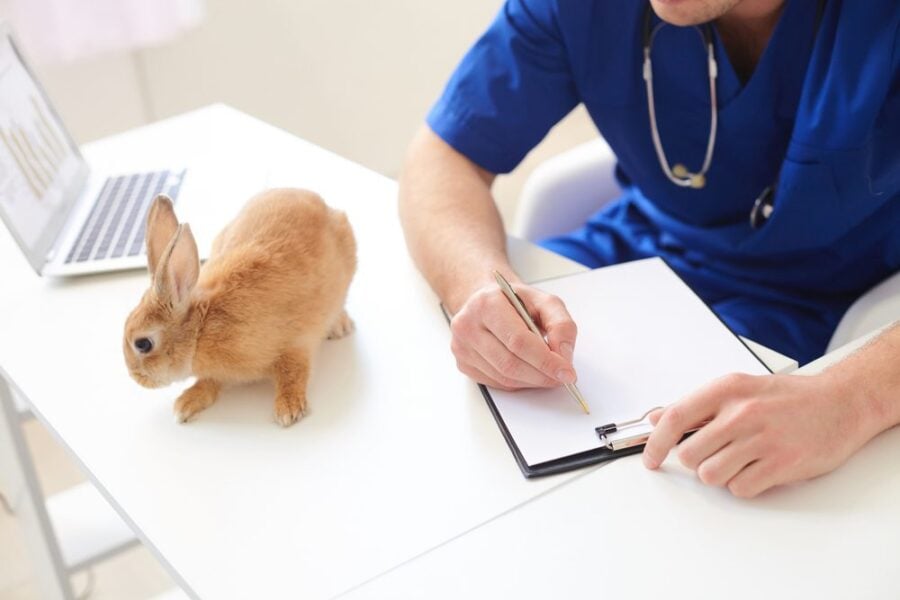Whether you’re changing neighborhoods or changing time zones, a move to a new place can be overwhelming. If you think you’re struggling to keep up, imagine what your pets may be feeling. Suddenly, everything in the home is getting moved, downsized, or packed away. Without being able to communicate and set their minds at ease, your pets will likely feel a bit anxious as moving day approaches.
And that’s before you actually move.
For pets, a short move can be disorienting enough, but a long-distance move has more layers of complication. If you can’t imagine a stress-free long-distance move with your pets, read on for some tips to help smooth out the process.
Be Consistent and Plan Ahead
Moving long-distance can be confusing for your pet, and that likely starts before moving day even arrives. With all of the packing and shifting of things around the house, they know something is up. Unfortunately, you can’t sit to reason with them, leaving them potentially feeling uneasy along the way.

One way to make things easier is by being consistent. Sure, their home environment is changing a bit in the weeks leading up to the big day, but try to keep things consistent for them. Don’t make any major changes to their diet, food, or schedule. New food can be upsetting to their stomach and it’s best to stick with what they’re used to.
Make sure you pack their favorite food with you, too. Even if you use a common brand, there’s a chance it will take a moment to find it in your new hometown. Don’t leave things to chance, and stock up.
If you plan to hit the road with your pet, try to get them comfortable with time in the vehicle. If they’re not used to being in the car, a sudden long-distance move can make them uneasy. Make sure you not only plan to stow your pet in a crate or travel carrier but that you can secure it in the car. Of course, you’ll be driving safely, but in the case of an accident, it’s important to ensure the carrier can’t shift dramatically.
Visit your vet to discuss the move and get some tips that are specific to you. If your pet suffers from motion sickness or increased anxiety, they may be able to give you some supplements to help. You’ll want to try the pills before the big day to be sure the medication suits them. While you’re there, make sure you’re up to date on vaccinations and that you have vet records to prove it.
Check Local Laws

Before you set off on your journey, check the laws in your destination, and any states you’ll pass through. Legally, any pet that crosses state lines will need to have a health certificate. Each state has its own laws, so it’s important to check the requirements. You can check the USDA website for more information on state laws for pets.
Decide How to Travel
The movers will handle all of your most precious things – almost. Don’t count on the moving company to shift your pet for you. You’ll need to decide on the best way to travel that both suits your needs, and theirs.
If you’re driving your car, make sure you follow our above advice. You’ll need a carrier or crate, and the ability to secure it in your vehicle for transport. Plan on regular stops for food, water, and bathroom needs.

If you decide to fly, you’ll want to check the size restrictions for bringing your pet in the cabin with you. Each airline has its own rules for carrier size limits. Check before you book, as some airlines don’t accommodate pet travel at all.
If your pet is large, they’ll need to go in the cargo hold. Try to book a direct flight to eliminate the need for shifting between flights. Provide enough food and water for your pet to be comfortable. If your pet will travel in the cargo space, try not to move during extreme heat or cold periods.







